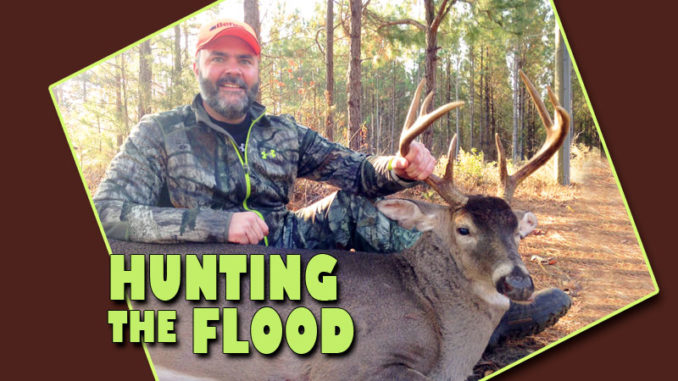
If fall’s big rain events arrive, they’ll cause a huge move from deer and wildlife to spots that are high and dry. Hunters who are ready can take advantage of the water-borne migrations.
Hunting season arrives annually, just when cooler weather begins to make its mark, but it’s during the peak of hurricane season in the Carolinas.
Many people associate hurricanes with destructive winds and high ocean surges, and while the wind shear can wipe out homes and even communities directly in the storm’s path, the more-widespread results will be the destructive flooding that follows typically epic rainfall associated with a storm of that size.
Not only does flooding push people from low-lying areas, wildlife gets flushed to high ground and affects the habitat and food availability in both low and highland areas. While deer hunters can be displaced — just as the deer do — it can be a good time to pick off a buck on a piece of high, dry land.
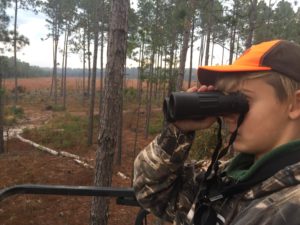
Statistically, major hurricane landfalls aren’t really that common in the Carolinas. The N.C. State Climatology Office reports that a tropical cyclone makes landfall along the state’s coastline once every four years. But a storm doesn’t have to make landfall to make a major impact to both coastal and inland areas. The dozens of tropical storms that sweep through the region, dumping 8 or more inches of rain at a time, will directly affect wildlife and wildlife habitat.
Grier Copeland, the huntmaster of White Oak Hunting Club in Williamsburg County, S.C., said flooding can have a dramatic impact on deer hunting in both low-lying areas and on high ground.
“Deer typically love water, and they will commonly retreat to the swamps when hunting pressure rises,” he said. “But when the waters rise fast from a tropical storm or from a period of real heavy rain, the deer head to high ground. It’s their natural instinct.”
In early October 2016, Hurricane Matthew pounded the Carolinas, bringing record-breaking rainfall and extreme flooding. Some of the two states’ best deer habitat rapidly turned into a lake, and that forced all terrestrial life to flee to safety. Major drainages, including the Black, Pee Dee, Waccamaw and Lumber rivers experienced widespread flooding at a historical level.
The sense of urgency triggered the S.C. Department of Natural Resources to take action, temporarily closing hunting seasons in select drainages for deer and several other game species.
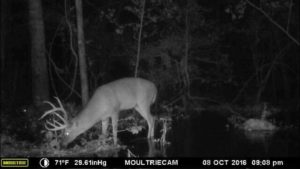
“The flooding has created potential for exploitation of game species that are deprived of their normal escape routes and confined to small areas of high ground,” an SCDNR report said.
While floods of that nature are rare, it’s not unusual to get enough rainfall across a drainage basin to re-route wildlife to higher ground. Deer hunters can enact a high-ground strategy on their properties and get a chance to take a bruiser buck.
Copeland concentrates his hunters on more-elevated sections close to flooded areas of the club’s leases.
“Deer head to high ground, and we keep our corn piles full,” he said.
It also helps that the club’s 4,500 acres are surrounded by active agriculture, including soybeans, corn and peanuts, much of it on higher ground. That keeps the deer herd’s food cache well-stocked, even for refugees from the flood.
“We killed some real nice deer right after the flood on the high hills that remained dry,” he said.
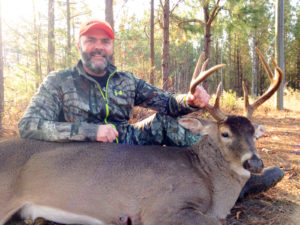 While much of flooding creates a temporary wildlife evacuation, many game species remain in the highlands for the rest of the season, even after the flood waters recede. Prolonged flooding often flushes out both soft- and hard-mast bounty, as well as eliminating much of the other seasonal foods available in impacted bottomland areas for the rest of the season. Hunters can expect the new visitors to the highlands to stay around if the groceries are good and hunting pressure isn’t too severe.
While much of flooding creates a temporary wildlife evacuation, many game species remain in the highlands for the rest of the season, even after the flood waters recede. Prolonged flooding often flushes out both soft- and hard-mast bounty, as well as eliminating much of the other seasonal foods available in impacted bottomland areas for the rest of the season. Hunters can expect the new visitors to the highlands to stay around if the groceries are good and hunting pressure isn’t too severe.
Not only does flooding negatively affect the lowlands, the dry hills can quickly become trampled and exploited by incoming animals. Deer may be running for their lives, but that will not take away from their nutritional needs. If anything, deer and other wildlife will show up after floods with a hearty appetite, ready to chow down on anything they can find. Hunters should keep their food plots fortified and their food troughs well stocked before the refugees arrive.
During the 2016 flood, White Oak’s neighboring agriculture fields held plenty of groceries for deer, and when club members could access club lands, they were able to add to orn piles and keep the deer fed.
Flooding is a major part of nature. In low-lying areas of the coastal plain, a period of heavy rain can swell creeks, rivers and floodplains forcing animals to higher ground. Hunters with access to their hunting land to those areas can benefit from a little extra water, making their properties wildlife havens when it counts the most.

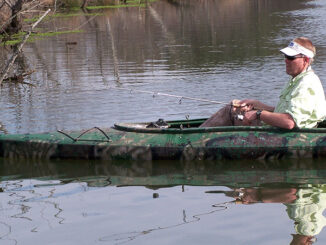
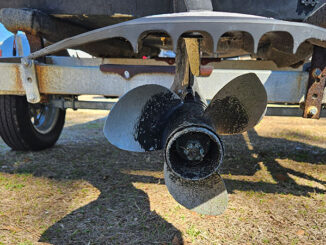
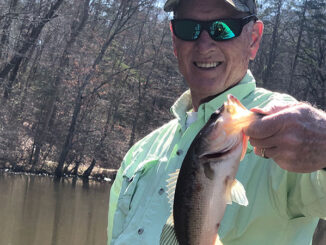

Be the first to comment